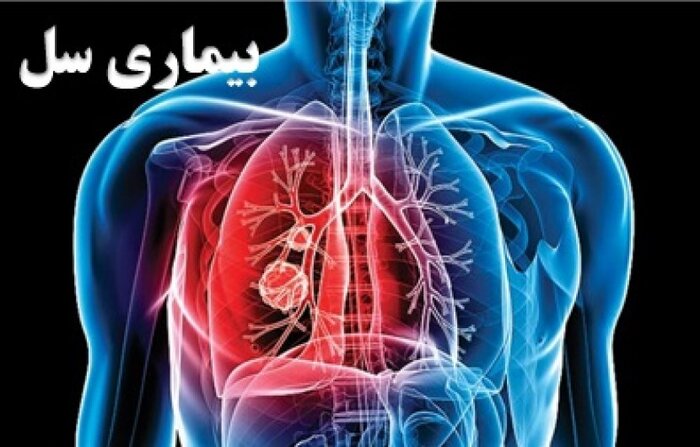
Mycobacterium tuberculosis (TB) is a rod-shaped, slow-growing, obligated intracellular and aerobic bacterial agent that induces a granulomatous response in normal host tissues. The World Health Organization estimates that there are approximately 630,000 cases of tuberculosis worldwide.
Tuberculosis remains a major global public health concern, with prevalence of multidrug-resistant (MDR) tuberculosis rising.
When a patient with tuberculosis coughs, the tiny droplets that come out contain large amounts of the Mycobacterium tuberculosis bacterium. Fine particles penetrate deep into the lungs. Each of these very small droplets may carry 1 to 5 bacilli, which is enough to cause an infection. This explains why people with active TB should be isolated from others until they reach a non-infectious stage.
TB infection occurs when a person inhales droplet containing tubercle bacilli that reach the alveoli of the lungs. In 95% of cases, with a normal immune system, the infection is stopped by the cellular immune response. In approximately 5% of cases, the infection progresses to an active tuberculosis.
When patients are not treated for active TB, they may die as the disease progresses and its complications.
Symptoms of tuberculosis
Symptoms of active tuberculosis include
-
Coughs that last three weeks or more.
-
Coughing up blood
-
Chest pain or pain with breathing or coughing
-
Unintentional weight loss
-
Fatigue
-
Fever
-
Night sweat
-
Shiver
-
Loss of appetite
Nutrition and diet in tuberculosis
As soon as tuberculosis is diagnosed, treatment should begin with 4 anti-tuberculosis (TB) drugs, isoniazid, rifampin, pyrazinamide, and ethambutol, each of which has drug-food interactions. This four drug therapy lasts for two months which is followed by a four months isoniazid and rifampin regimen.
Since malnutrition is common in TB patients, nutritional supplementation seems to be essential to accelerate their recovery. Moreover, recent evidence suggests that malnutrition can result in secondary immunodeficiency that predispose people to the development of clinical disease.
Tuberculosis exacerbates any previous malnutrition and increases catabolism. World Health Organization guidelines recommend that patients with severe malnutrition be hospitalized. Nutritional supplementation is recommended until the patient achieves a body mass index (BMI) of 18.5.
Active tuberculosis is associated with cachexia, weight loss and low serum levels of leptin. There is a synergistic link between malnutrition and infection.
In the short term, malnutrition increases the risk of infection and its progression to active tuberculosis. In the long run, malnutrition increases the risk of reactivation of tuberculosis. Malnutrition can also reduce the effectiveness of the anti-tuberculosis medication regimen. The effect of the BCG vaccine can also be disrupted by malnutrition.
Nutritional recommendations in patients with tuberculosis
-
Consumption of dark leafy vegetables such as cabbage and spinach due to its high iron and B vitamins.
-
Consume large amounts of whole grains such as wheat pasta, bread and whole grains
-
Eat vegetables rich in antioxidants and bright colors such as carrots, peppers, tomatoes, squash and fruits such as blueberries and cherries.
-
Use unsaturated fats such as olive oil instead of butter.




